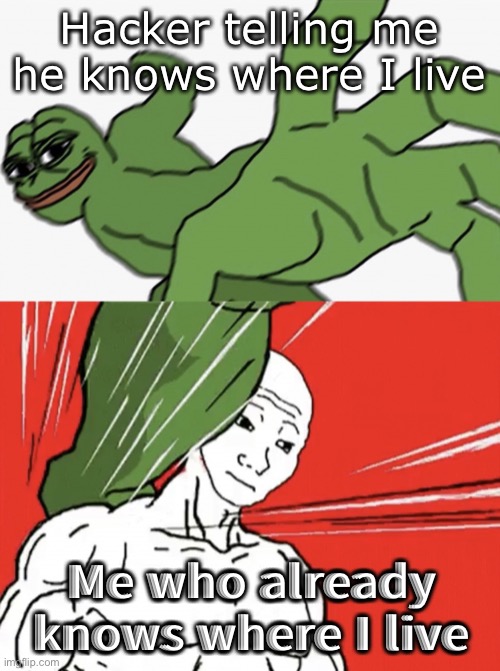My Inquiry question was: How can student motivation be increased in terms of Math?
My research was primarily through personal experiences of games that involved math. Some games I played in the past have a focus on probability and math which reinforced my base level knowledge in the area with specific actions.
https://boardgamegeek.com/boardgame/268922/30s
For a dice game “30” helped my thinking. The game is as follows:
You have 6 six sided dice and 30 “points” that you want to keep.
You roll the dice and need to remove and record at least 1 dice from the dice pool.
Reroll and repeat until there are no dice.
If the final total is below 30, you lose points equal to the difference and your turn ends.
If it equals 30 then nothing happens and your turn ends.
If it is more than 30 you reroll the dice again, keeping every die that is equal to the difference between your total result and 30. When a roll doesn’t have that number you remove the total that you collected from the next person (If you got 35 and rolled 3 5’s the next person would lose 15 points).
When you hit 0 points you are out of the round.
To follow intuitively you want as many 6’s as possible and grab as many of those that are available. getting 5’s results in a break even and less than that needs a 6 to balance it out. Getting a result of 1 needs 4 6’s to balance out. The conclusion I was led to after playing it several times is that if you have multiple 5’s in a roll only grab 1 of them since the more rolls make up for the result.
Practicum 1:
Dice off. In my class for the practicum 1 I had a game where my students made a die and put together a paper dice with the results written on them. They had to have the same average roll (adding each dice number together and dividing by the number of possible sides). Students were quickly able to determine the best option, have one result be as low as possible and maximize the other results. Because of the interfacing with each other’s dice it makes the most sense, though
If it is presented like a game then students will have higher investment in the game. Some students were less invested in making the dice, though whether that was the game or my presentation is uncertain.
Practicum 2:
In my second Practicum I had a few different games. I had students roll a 10 sided dice and colour in the results up to 100. Some student’s understanding of the 1s and 10s place meant that they had more difficulties with the concept. Those who had a better grasp of the concept enjoyed it significantly.
I also had a game involving making 10 with cards which was more enjoyed though most students had an understanding of which 2 numbers added together made 10.
My conclusion is that the games are better to reinforce the learning rather than be at the forefront of it. It would be better to start with some direct instruction about the topic so students have a better understanding of the concept before they start. Some students if they don’t get the direct instruction can learn from the game and vice versa. The game improves motivation since students enjoy games and if there is a trust that the direct instruction will be connected to the game then there should be more attention on the direct instruction.
Games as learning can be more effective if there’s immediate feedback, though allowing students to play video games might not go over well with the other staff, so that should be done after the particular games show their efficacy.
If a student has something they can do with what they are learning they will be more likely to be interested in the learning. Making the connection is the difficult part.




